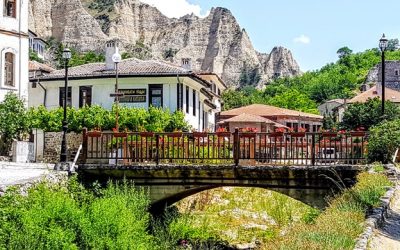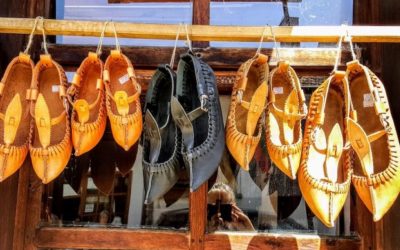As we prepare to hop over the border to Romania, our minds naturally glide over our month in Bulgaria’s beautiful realm. What will we...

Shipka Pass
Shipka Pass
The best bits of Bulgaria’s countryside
Trekking north from our southern Bulgarian initiation, left us a little sad, only because of the innocence and raw beauty of this...
Follow us
You can find us on social media,
different channels for different content.


